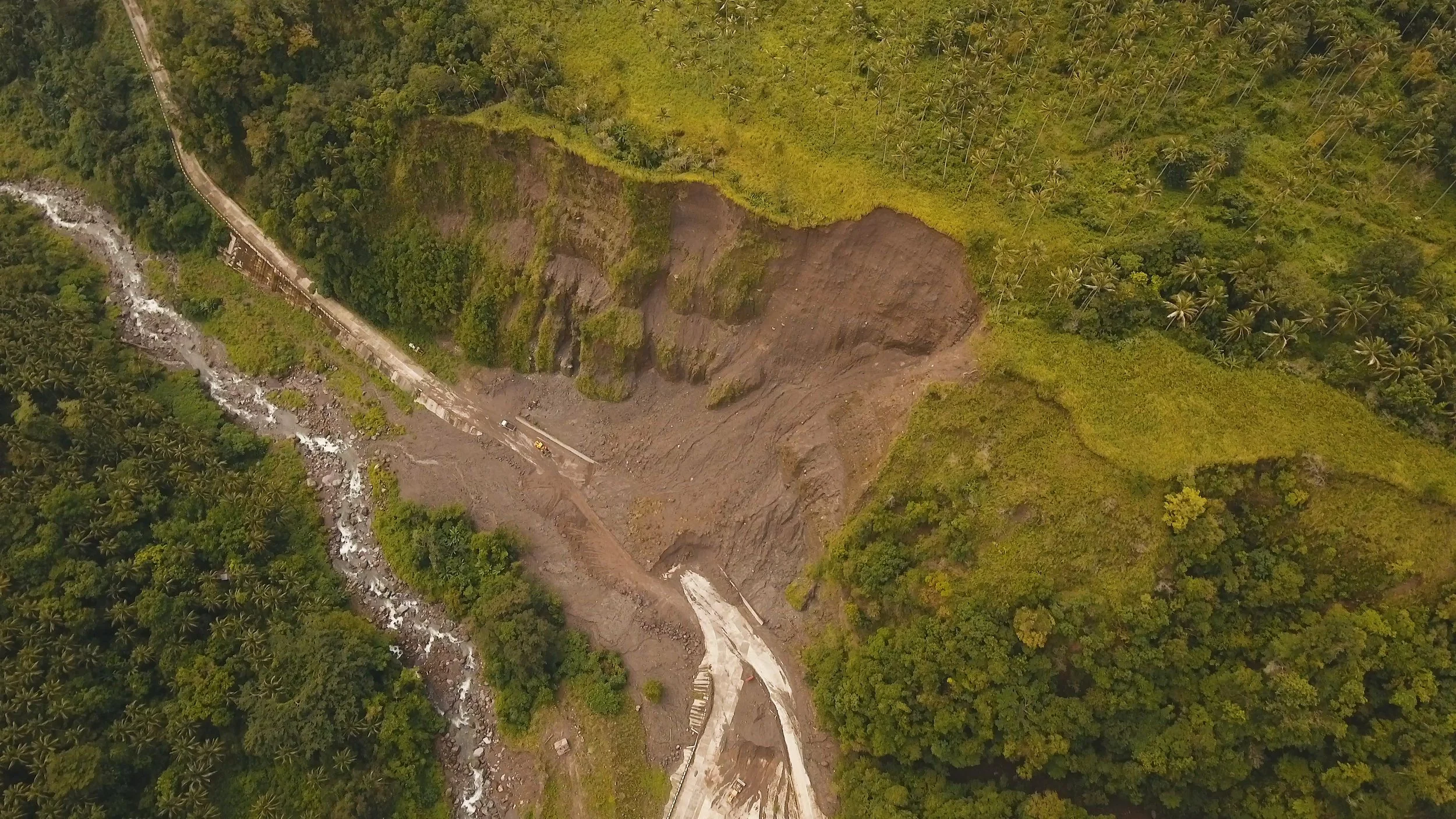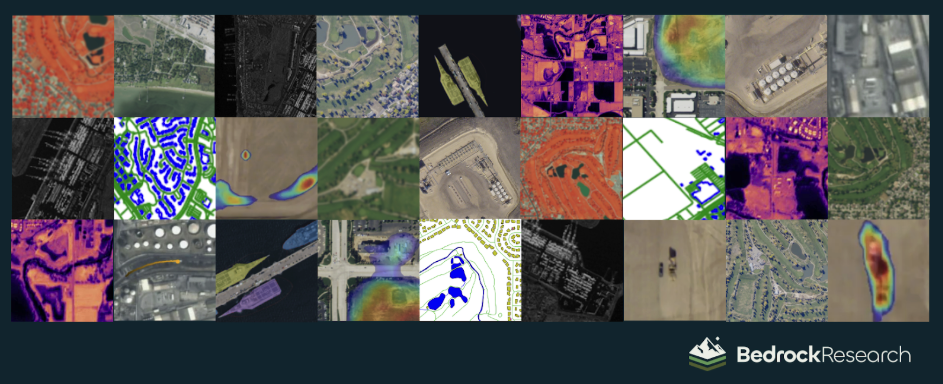From Pixels to Protection: Powering Environmental Monitoring
Situational awareness for a changing planet
From deforestation in the Amazon to illegal fishing in the South China Sea, and from coastal erosion to wildfire spread, environmental challenges are accelerating in frequency, complexity, and impact. Whether you're a conservation group, a regulatory agency, or a global insurer, one need is shared across sectors: constant, trustworthy visibility of what’s happening on the ground.
Traditional monitoring methods such as satellite imagery, field reports, or drone flights offer value, but the coverage is fragmented and often delayed. Meanwhile, bad actors exploit cloud cover, AIS silence, and data delays to continue their operations undetected.
At Bedrock, we’ve developed a real-time, multi-sensor monitoring solution designed to expose critical environmental events as they unfold. This helps stakeholders act sooner, respond smarter, and safeguard the planet’s most vulnerable populations and valuable resources.
The multi-modal edge
Bedrock fuses diverse sensor streams (optical, radar, thermal, RF, hyperspectral, and open-source) to produce one trusted picture of environmental change.
Unlike most monitoring services that rely on a single data stream, we integrate all of them into one fused intelligence layer. This approach detects change earlier, interprets it more accurately, and explains why it matters. It transforms siloed data into high-confidence insight for environmental agencies, NGOs, disaster response teams, and climate risk analysts.
“You no longer need five dashboards and a data science team to connect the dots. Bedrock does it for you.”
From reactionary to anticipatory
In today’s rapidly changing ecosystems, speed and clarity define the difference between proactive conservation and irreversible damage. Bedrock’s environmental monitoring solutions are powered by a data fusion engine and two purpose-built AI pistons: anomaly detection and semantic annotation. Together, they surface meaningful environmental changes faster than traditional monitoring cycles and explain exactly why they matter for early intervention, resource protection, and long-term resilience planning.
Anomaly detection: Real-time data inputs are compared against both a last-known-good baseline and a long-term-average baseline to distinguish expected changes from abnormal, attention-worthy ones. With this understanding, it flags environmentally significant anomalies such as sudden deforestation, unauthorized road construction, un-permitted mining activity, illegal burn scars, or unexpected changes in river courses.
Semantic annotation: Using small-sample learning, we train computer vision models to recognize the subtle environmental features and activities you can’t afford to miss, and must understand. These include the spread of illegal encampments in protected forests, unregistered mining operations, unauthorized coastal developments, micro heat changes indicating flare activity or fire ignition, and dark vessels operating in marine conservation zones.
Together, anomaly detection shows what and where pertinent activity is occurring, while semantic annotation explains how it changed and why it matters.
Detect leading indicators, such as the arrival of heavy machinery, and monitor deforestation across broad areas, as seen here in the Yucatan.
Your trusted 24/7 environmental monitoring partner
Bedrock reduces detection timelines from days to minutes. It provides continuous global coverage without the need for new sensors, flights, or field visits. Here’s how our solution supports environmental monitoring, protection, and resilience:
Our modular, AI-driven solution ensures 99 percent uptime, global accessibility, and end-to-end encryption. All insights are validated by multiple sensor streams and reviewed with a human-in-the-loop quality assurance step. When you receive a signal, you can act with confidence.
Whether you’re monitoring a rainforest, coral reef, protected wetland, or climate-vulnerable community, Bedrock helps you understand what’s changing, why, and what to do next.


